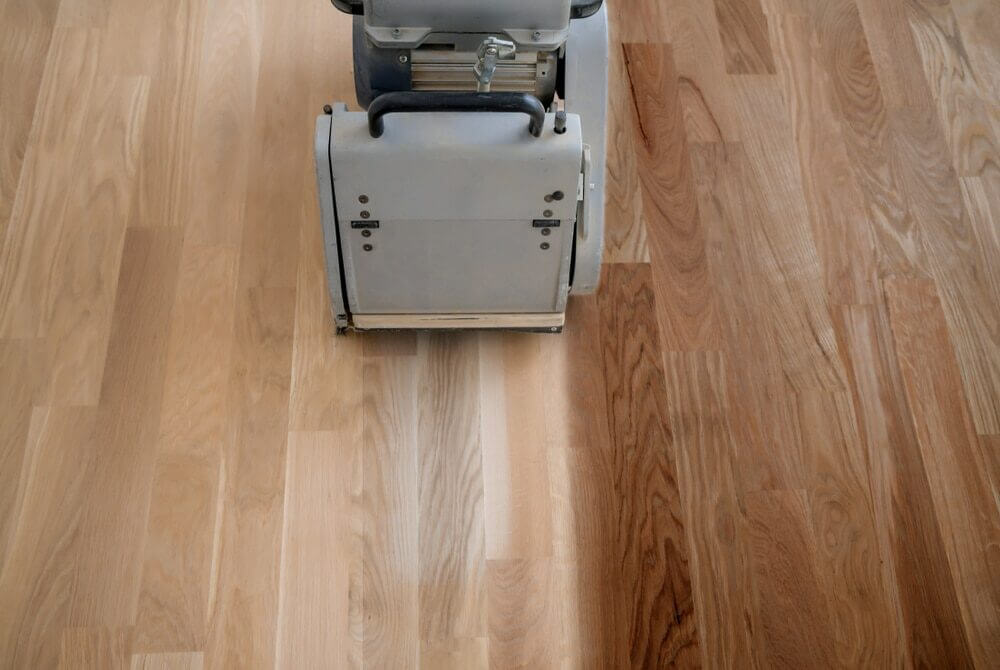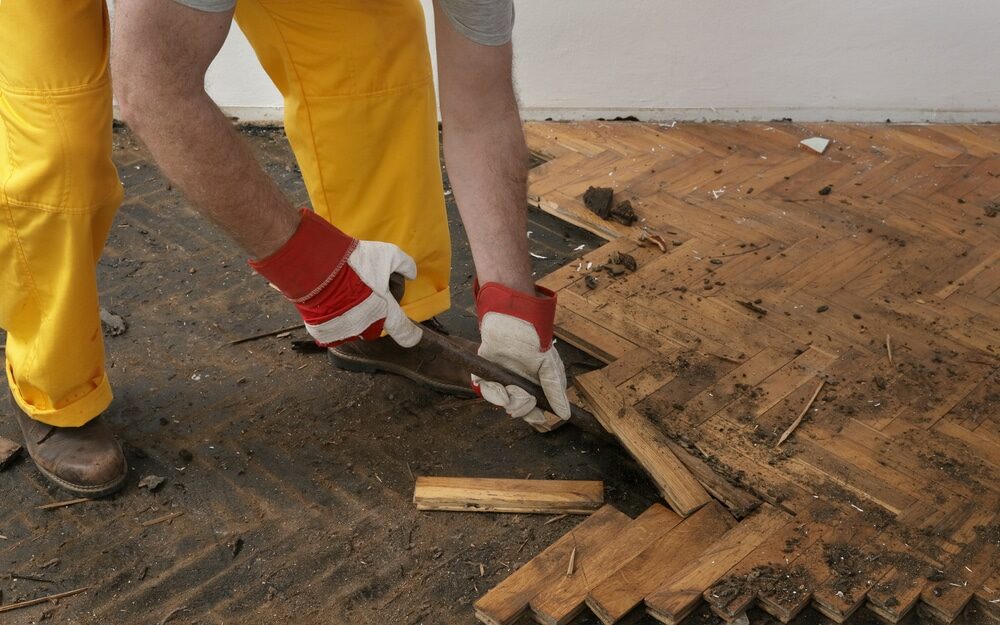London:
Nationwide:
Top 9 Advices for Wood Floor Sanding & Finishing For Achieving a Flawless, Durable Surface
Posted on April 27, 2023
News
Master the Art of Wood Floor Sanding and Finishing with Our Top 9 Expert Tips
Wooden floors have been a popular choice for homeowners for centuries, and for good reason. They are durable, aesthetically pleasing, and timeless. However, even the most well-maintained wooden floors will eventually require refinishing to restore their original beauty. In this blog post, we’ll explore the top seven wood floor sanding and finishing tips to help you achieve a flawless look.
-
Choose the right type of sandpaper.
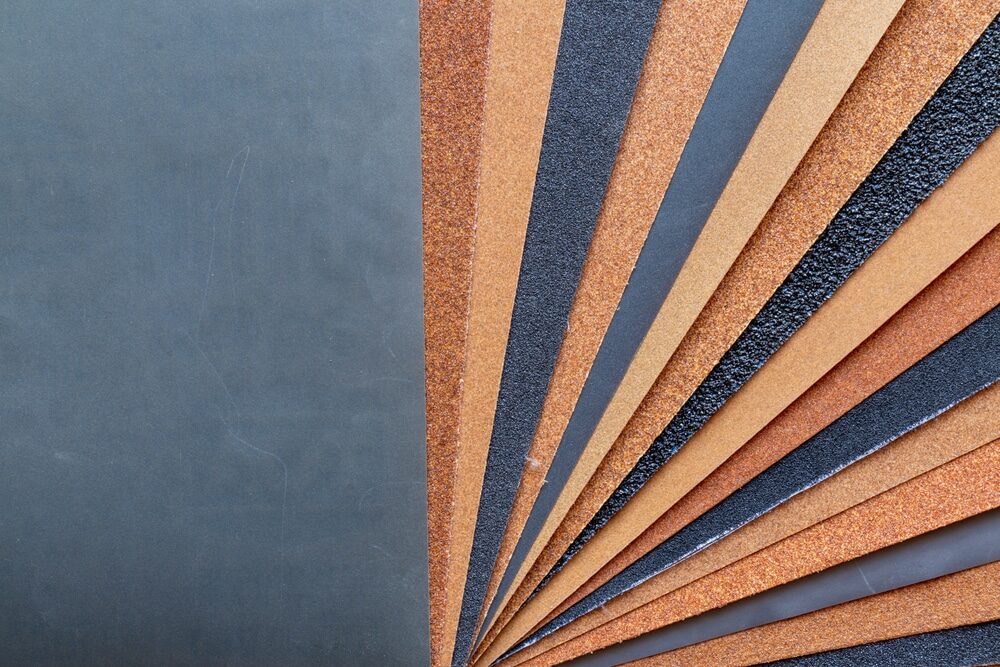
-
Prepare your space.

-
Properly use a floor sander
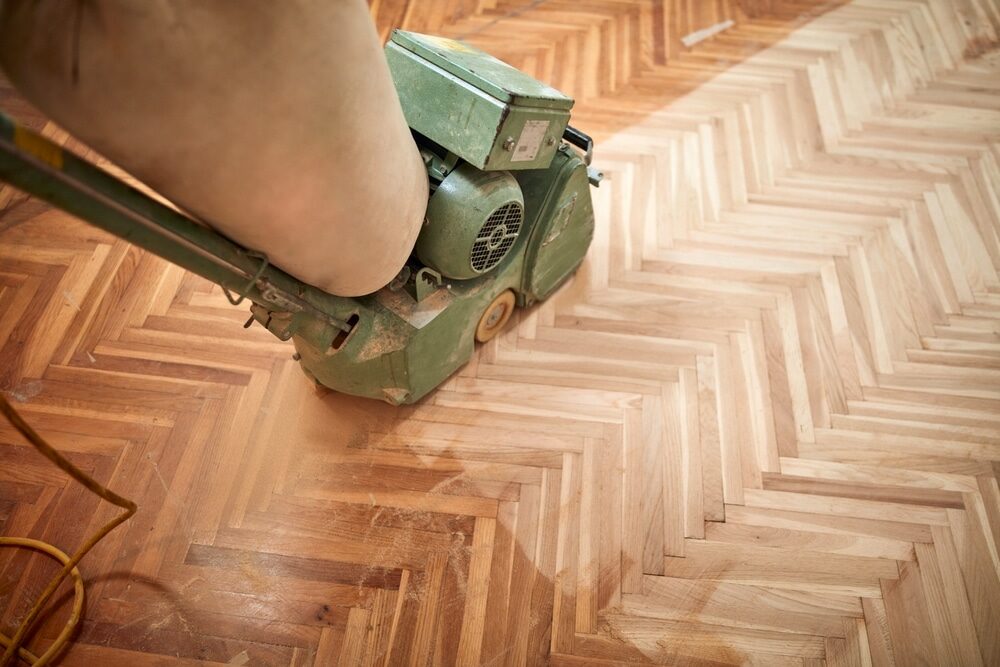
-
Don’t forget the edges.
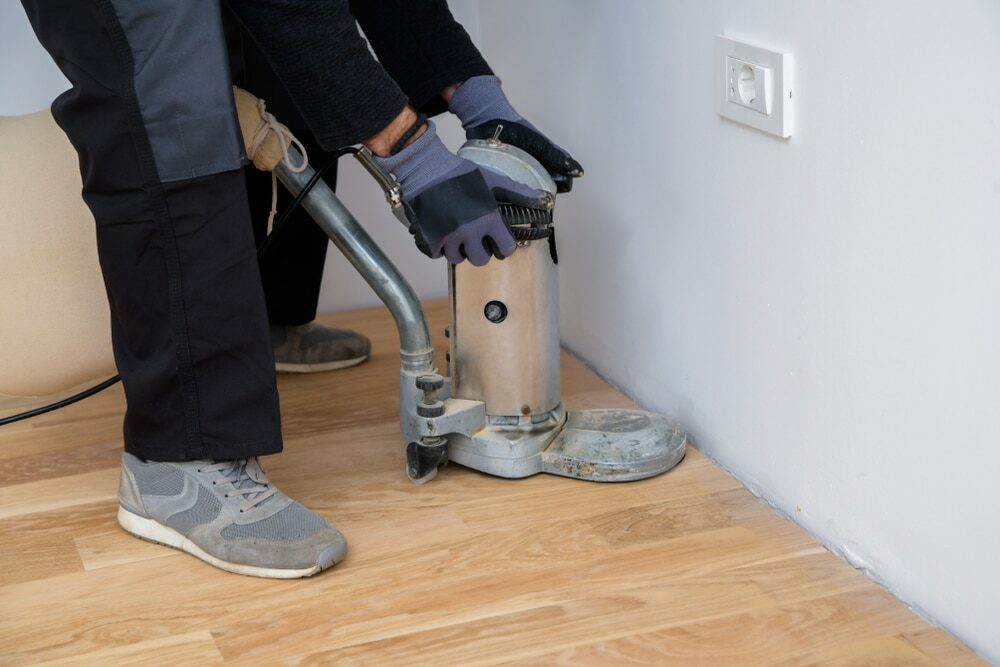
-
Vacuum and tack
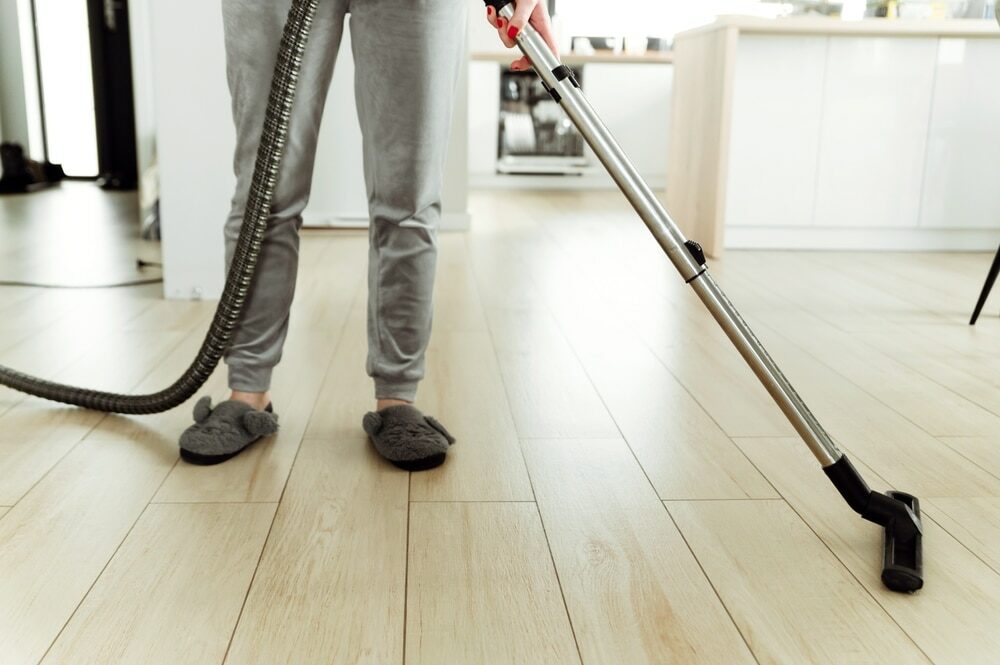
-
Choose the right finish.
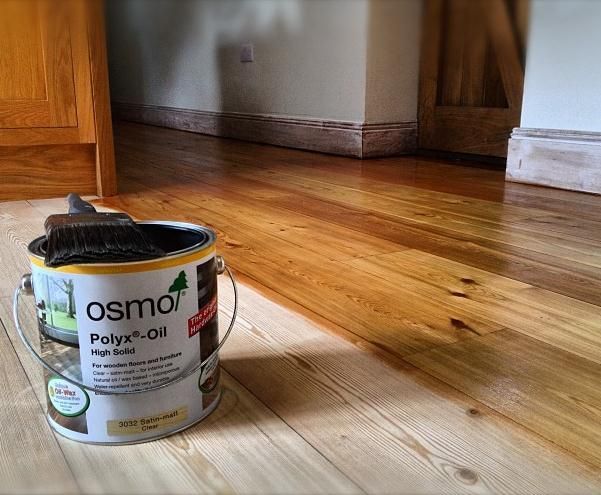
-
Apply the finish.
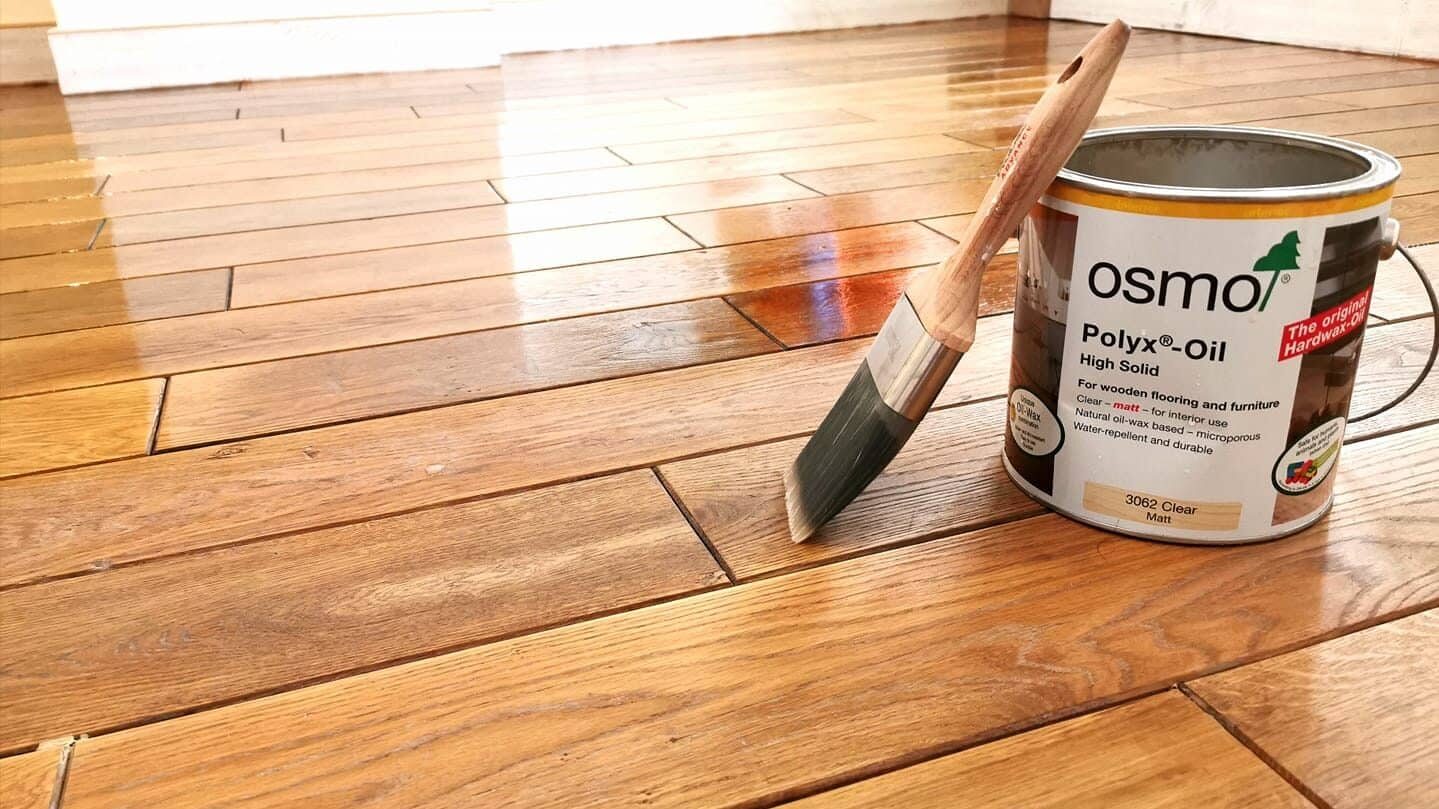
-
Allow for proper drying time.
-
Maintain your floors.
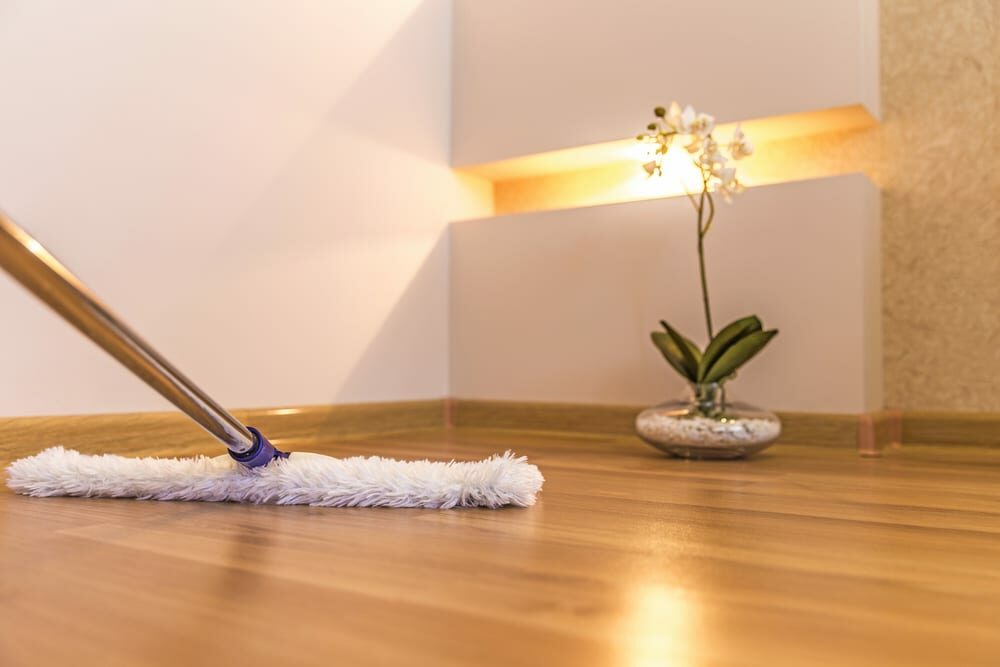
Some Useful Links:
Conclusion
Sanding and refinishing your wood floors can breathe new life into your living space, restoring the original beauty and lustre of the wood. With careful planning, the right tools, and attention to detail, you can achieve a flawless finish that will last for years to come. Follow these top seven wood floor sanding and finishing tips, and you’ll be well on your way to transforming your tired, worn-out floors into a stunning and durable surface that adds value and elegance to your home.More from our Blog:
Top 10 FAQ: About Floor Sanding & Varnishing for Stunning Floors Disadvantages of Laminate Wood Flooring: Key Drawbacks Master Wood Floor Sanding & Finishing: Expert Tips for Flawless Results
Sanding
We provide virtually dust-free sanding with our continuous belt machinery with mobile extraction units, giving you a safer environment for your family.
Oiling
This organic finish not only adds beauty to your home but also has exceptional water-repellent characteristics, making it easier to clean and maintain.
Waxing
This natural floor finish offers the softest and most mellow appearance – and leaves your floor able to breath.
Buffing
Using soft buffing machines (and hand-polishing where required) will bring a wonderful sheen to your newly-finished floor.
Repairs
We offer a full assessment of your wooden floors to determine what repairs are needed to provide the perfect working surface for the later stages of sanding, staining and sealing.
Restoration
We offer a comprehensive restoration process designed to address floors that are improperly fitted or damaged over time through wear and tear.
Request a fixed price quote for your wood floor restoration now
Simply enter your postcode below to get started.
Services
Wood Floor Sanding Wood Floor Restoration Wood Floor Scratch Repair Squeaky Wood Floor Repair Parquet Floor Sanding Parquet Floor Restoration Commercial Floor Sanding Church Floor Sanding Community Centre Floor Sanding School Floor Sanding Gap Filling Gap Filling with ResinCopyright © Mr Sander®
Privacy & Cookies Terms & Conditions Complaints Procedure Cancellation Rights Sitemap